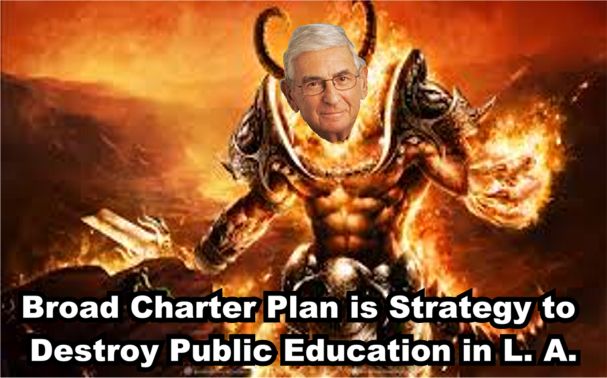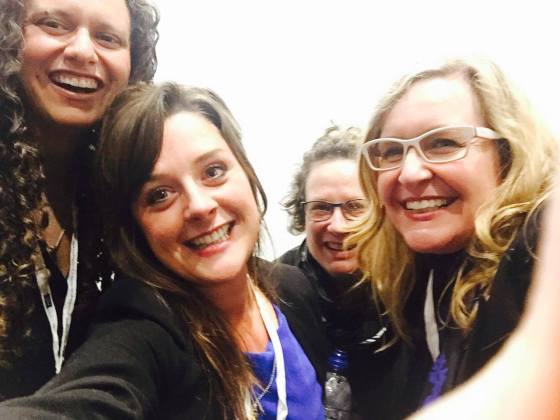‘Everyone’s Job to Help’: Addressing Student Poverty Beyond the Schoolhouse
Conversations around student poverty took center stage last week in Washington, D.C. when leading experts gathered at a symposium, hosted by the National Education Association, to examine poverty’s effects on child development, promising practices, and policy recommendations beyond the schoolhouse.
The statistics on child poverty are alarming: 15.5 million U.S. children live in poverty, one in five children receive food stamp assistance, and more than 50 percent of public school students qualify for free or reduced-price lunches.
“Poverty is a tragedy,” said NEA President Lily Eskelsen García during her keynote, “…and their only hope is what they find in that public school,” referring to schools that integrate academics with community services, such as health and social services, youth and community development, and community engagement.
“Why aren’t we making every public school like our best public school?” Why aren’t we improving the community as we improve our public schools? Make the case that every public school should look like the best public school,” Eskelsen García said.
Policies Working Together
Three different panels led the day’s conversation, which ranged from poverty’s effect on brain development and how some early returns have found structural differences in the brains of children to dispelling the myths and negative perceptions of poor people. The narrative of “black and brown kids don’t care about their education” must change, said Zakiyah Ansari, advocacy director of the New York State Alliance for Quality Education. “It’s a narrative we’re pushing back on.”
While educators were on hand to discuss the disconnect between policy and 'Everyone's Job to Help': Addressing Student Poverty Beyond the Schoolhouse:














